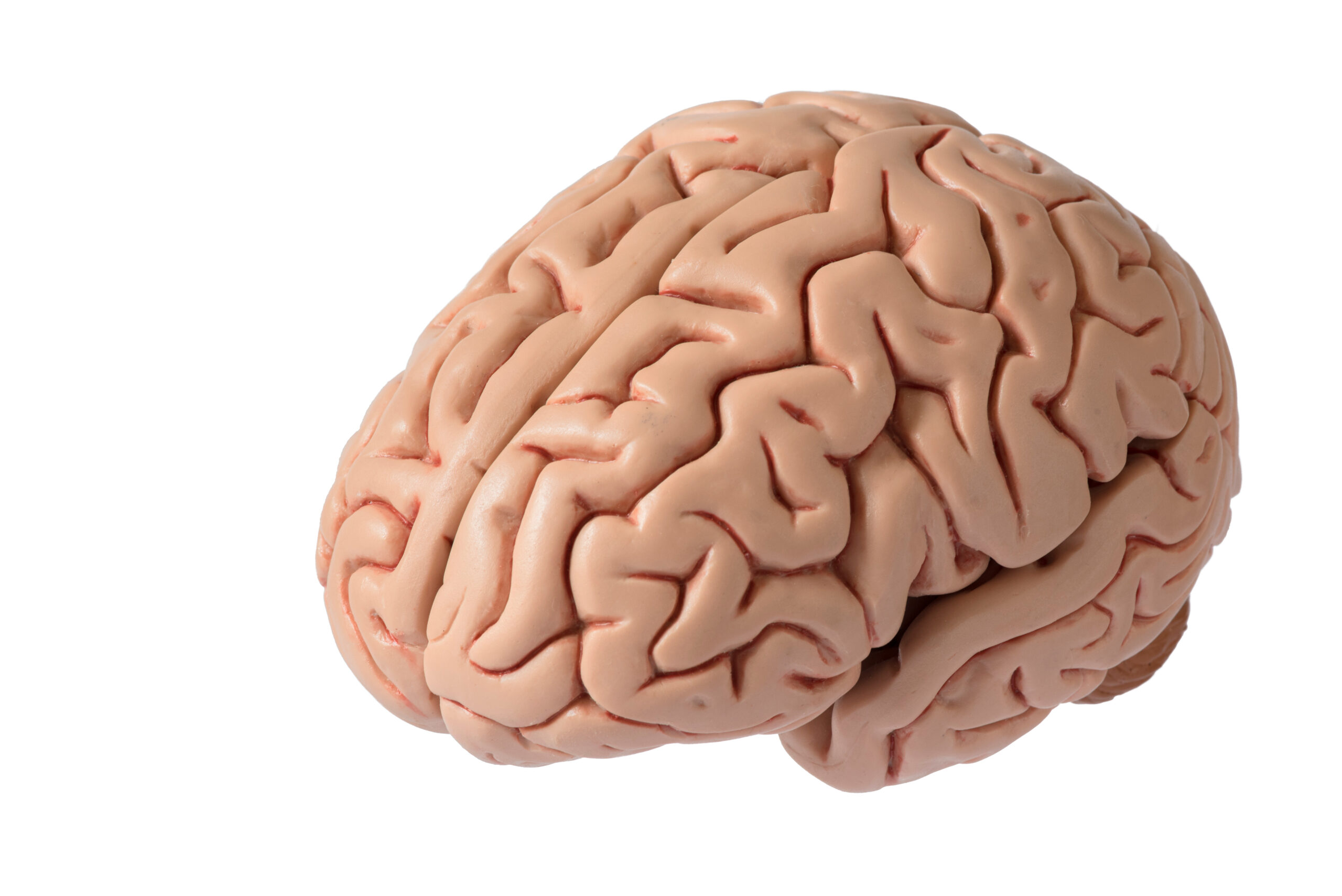How Your Childhood Skip-Counting Games Shielded Math Neural Pathways
### How Your Childhood Skip-Counting Games Helped Shield Math Neural Pathways
When you were a child, you might have played games like skip counting, where you counted by twos, threes, or other numbers. These simple games might have seemed like just fun activities, but they actually played a crucial role in developing your brain’s math skills. Let’s explore how these games helped shield your math neural pathways.
#### Basic Math Skills Begin Early
From a very young age, children start to grasp basic mathematical concepts like size and number. These early abilities are not just about learning words; they involve complex neural networks in the brain. Research shows that even before children learn to speak, their brains are processing numerical information. This early foundation is essential for developing higher math skills later on[2].
#### Skip Counting: A Fun Way to Practice
Skip counting is a fun and interactive way for kids to practice their math skills. By counting in groups, such as 2s, 3s, or 5s, children are not only learning to count but also developing their ability to recognize patterns. This pattern recognition is a key component of math, as it helps children understand relationships between numbers. For example, counting by twos helps children see that every second number is even, which lays the groundwork for understanding multiplication and division[1].
#### Neural Pathways for Math
The brain processes math through a dedicated neural pathway, primarily involving the left hemisphere for calculations and the right hemisphere for number-based tasks. Key brain regions like the inferior parietal lobule, intraparietal sulcus, and dorsal prefrontal cortex support number tasks, working memory, and attention. These regions are activated even when performing simple arithmetic calculations or just seeing numbers, indicating a strong link between basic and advanced mathematical thinking[2].
#### How Skip Counting Works
When children practice skip counting, they are engaging these neural pathways in a fun and interactive way. The process involves:
1. **Pattern Recognition**: By counting in groups, children recognize patterns that help them understand relationships between numbers.
2. **Working Memory**: They use their working memory to recall sequences of numbers, which strengthens their ability to hold and manipulate information.
3. **Attention**: The repetitive nature of skip counting requires sustained attention, which enhances focus and concentration.
#### Long-Term Benefits
The benefits of skip counting extend beyond childhood. These early practices lay the foundation for more complex math skills, such as multiplication and division. By reinforcing basic math skills, children develop a strong foundation that makes it easier to learn more advanced concepts later on. This is why many educational programs, like Classical Conversations Foundations, incorporate skip counting from pre-kindergarten through 6th grade[1].
#### Conclusion
Your childhood skip-counting games were not just fun activities; they were essential for developing your brain’s math neural pathways. By practicing skip counting, you were strengthening your ability to recognize patterns, use working memory, and focus your attention. These skills are crucial for mastering more complex math concepts and will serve you well throughout your educational journey. So next time you think back on those fun math games, remember that they were more than just play— they were building blocks for your future math skills.





